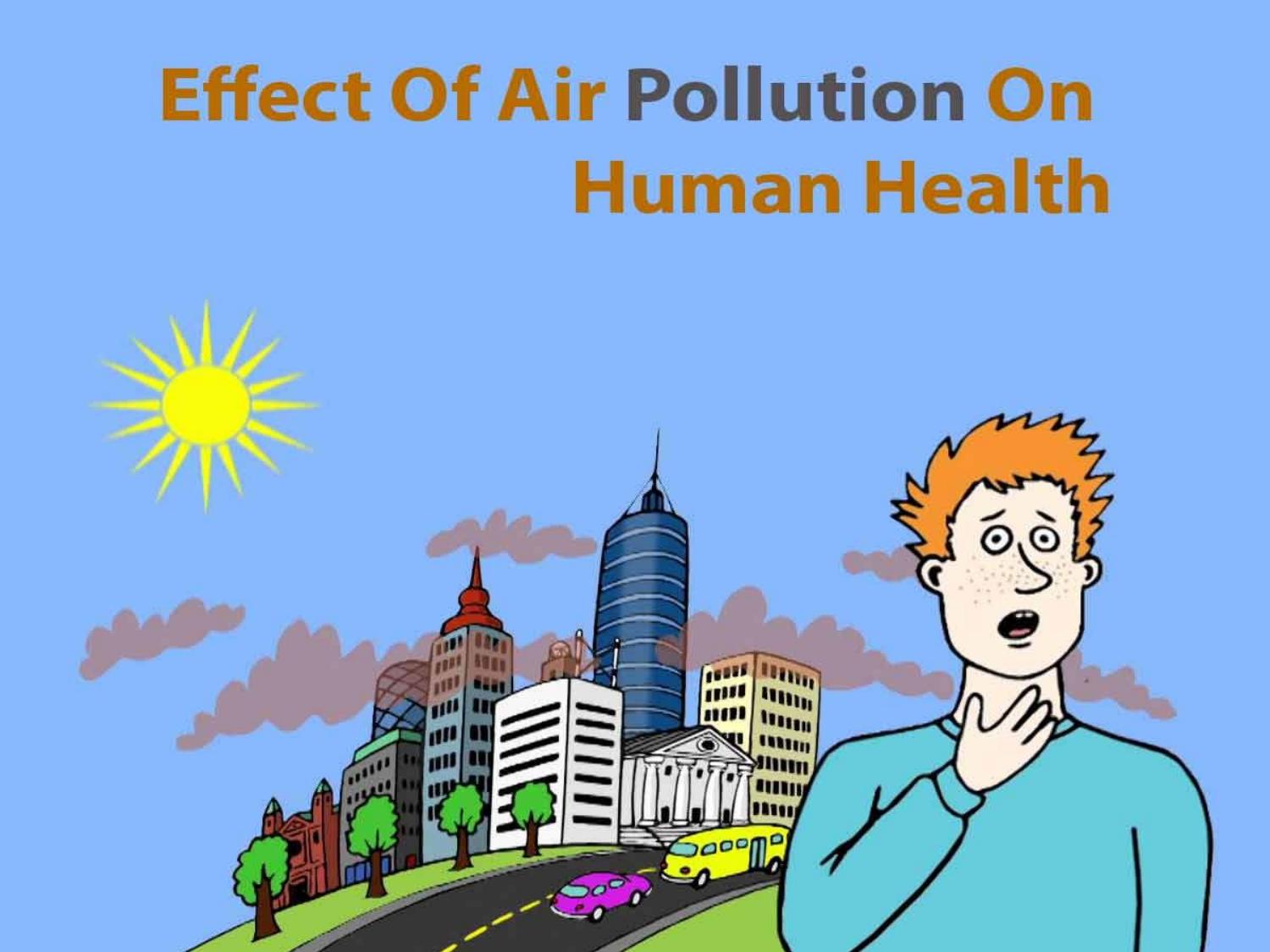Activation of Interleukin & Mast Cell Production
Introduction
Air Pollution has for quite some time been perceived as a significant natural worry with extensive ramifications for human wellbeing. Recent research has shed light on a more intricate connection between air pollution and allergic reactions, particularly through the activation of Interleukin and mast cell production, in addition to its well-documented impact on the respiratory and cardiovascular systems. The implications of these factors for public health are the subject of this article’s in-depth examination.
Understanding Allergic Precipitation
The term “allergic precipitation” refers to the escalation or onset of allergic reactions in response to particular environmental factors. Pollen and dust mites are known to cause allergies, but recent research suggests that air pollution is a major factor in escalating these reactions. Particulate matter, nitrogen dioxide, and ozone are examples of pollutants that have been linked to the modulation of the immune response, making people more likely to develop allergies.
The Job of Interleukin
Interleukins are a gathering of flagging proteins critical for correspondence between cells in the safe framework. With regards to hypersensitive precipitation, Interleukin-4 (IL-4) and Interleukin-13 (IL-13) have arisen as central participants. Openness to air poisons can invigorate the arrival of these interleukins, advancing the separation of insusceptible cells towards an unfavorably susceptible aggregate. This change in safe reaction takes action to respond all the more strongly to normal allergens.
The Mast Cell
Mast cells are immune cells that play a crucial role in allergic reactions and are called orchestrators of allergic response. When enacted, pole cells discharge receptors and other substance arbiters that trigger the exemplary side effects of sensitivity, like tingling, wheezing, and aggravation. Air contamination has been found to animate pole cell creation and actuation, enhancing the unfavorably susceptible reaction. This communication between toxins, interleukins, and pole cells makes a fountain impact, escalating the effect of allergens on the human body.
Evidence from Epidemiological Studies
The connection between allergic precipitation and air pollution is supported by epidemiological studies. Allergic conditions like asthma and allergic rhinitis are frequently found in areas with higher pollution levels. Long haul openness to contaminated air has been related with a higher frequency of hypersensitive sicknesses, featuring the ongoing idea of this collaboration.
Strategies for Mitigation and Implications for Public Health Addressing the intricate relationship between air pollution, interleukins, and mast cell production requires a multifaceted strategy. Stricter air quality guidelines, the advancement of cleaner energy sources, and public mindfulness crusades are fundamental parts of any complete technique. In addition, healthcare professionals ought to take a holistic approach that incorporates environmental factors into treatment plans and take into account the significance of air quality in the management of allergic conditions.
Conclusion
The connection between air contamination and unfavorably susceptible precipitation, intervened by the actuation of Interleukin and pole cell creation, highlights the interconnectedness of ecological and safe framework wellbeing. Perceiving and tending to this complex exchange is significant for concocting successful general wellbeing techniques to moderate the effect of air contamination on hypersensitive circumstances. Understanding the mechanisms behind these interactions will pave the way for a more comprehensive and proactive approach to protecting human health as we strive for healthier environments and cleaner air.





